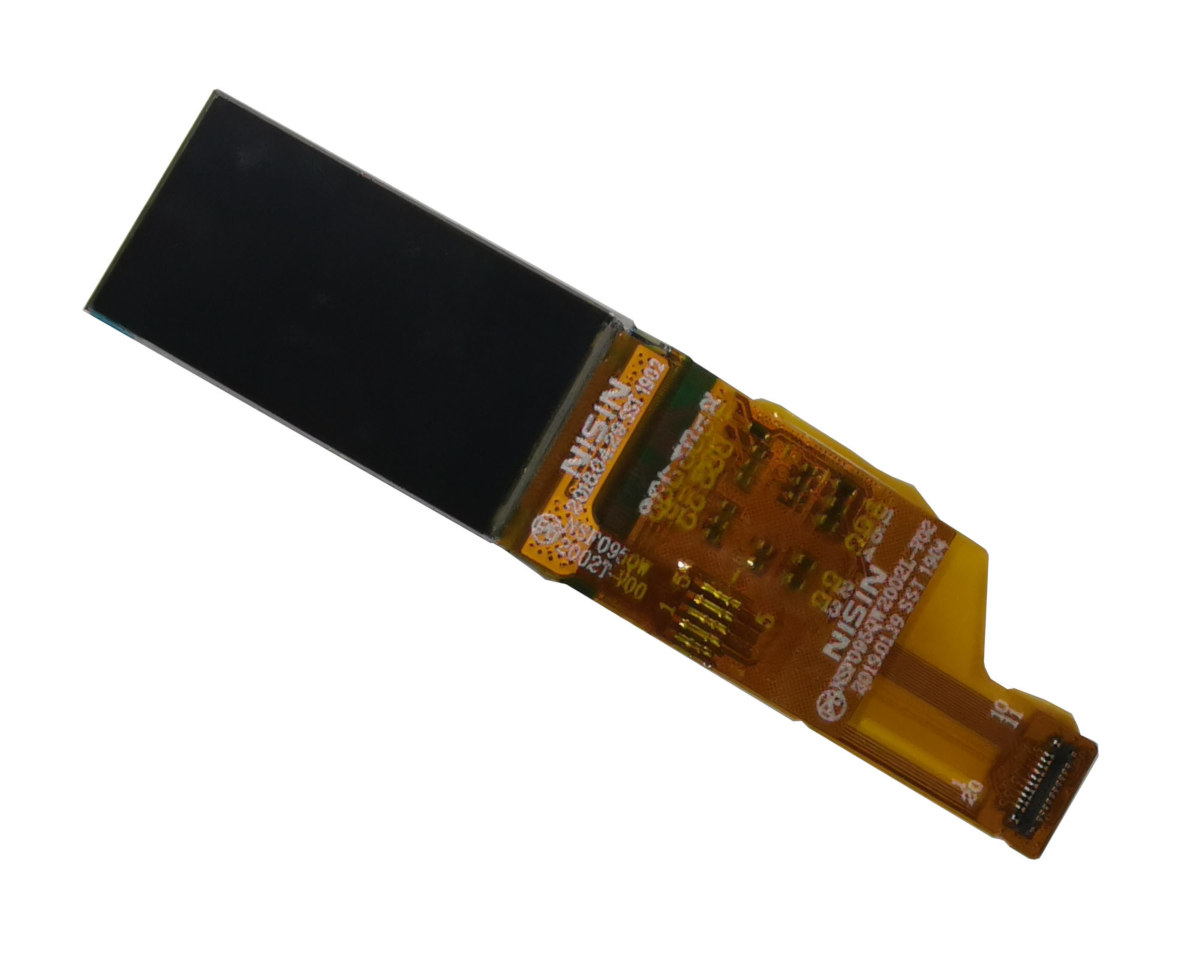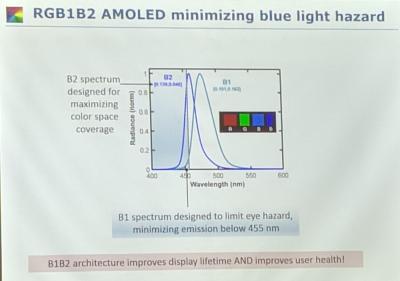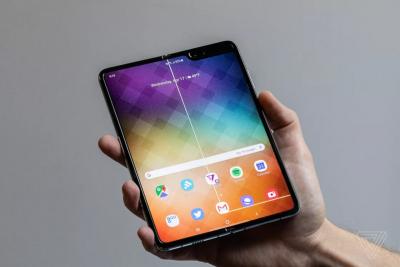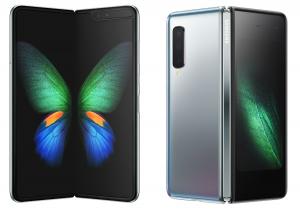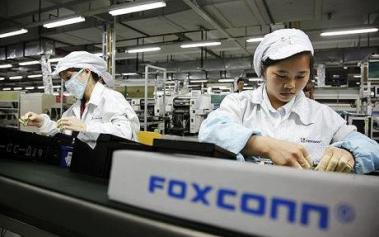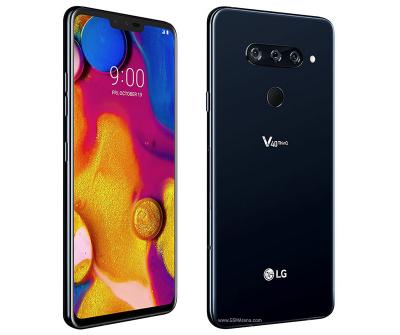NTHU and First-o-lite Candle-light OLED lamp - hands on review
NTHU professor Jou has been researching the hazards of blue light for many years, warning us against the hazards of modern lighting and focusing on OLED lighting as the technology that enables low blue-light emission lighting.
In 2015, NTHU started to develop its low blue-light candle-light orange-type OLED technology, initially in collaboration with Wisechip and later with China-based OLED lighting producer First-o-lite.


